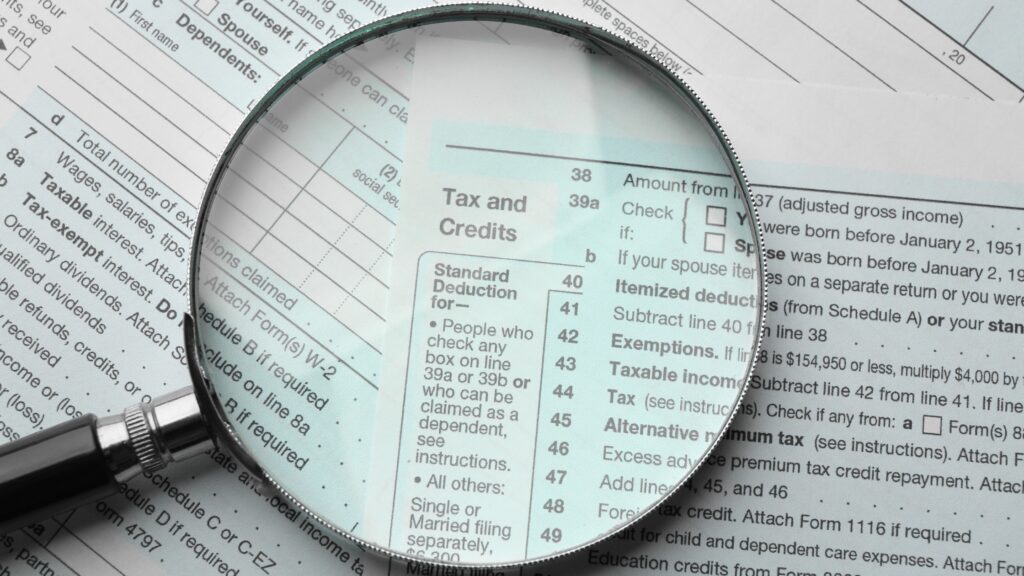Your Simple Guide to Fringe Benefits Tax (FBT)

Fringe Benefits Tax (FBT) can be confusing for both employers and employees, but understanding how it works is essential to managing tax obligations effectively. In this guide from the tax experts at Shoebox Books & Tax, we’ll break down what constitutes a fringe benefit, how FBT is calculated, and who is responsible for paying it. Keep reading for a real-life example towards the end that illustrates FBT in action. Ready to learn more? Let’s dive in.
What is a Fringe Benefit?
Let’s start with the basics. A fringe benefit is a non-cash benefit (any form of compensation to an employee that is not in the form of direct cash or salary) that an employer provides to an employee (or their associates) in addition to their salary or wages. These benefits can include company cars, gym memberships, entertainment expenses, and other perks that aren’t directly paid as salary but still offer value to the employee.
What are Considered Fringe Benefits in Australia?
The Australian Taxation Office (ATO) classifies the following as common fringe benefits:
- Company car used for personal purposes
- Discounted loans or low-interest loans provided by the employer
- School fees or education expenses paid by the employer
- Private health insurance premiums paid on behalf of employees
- Entertainment expenses, such as tickets to concerts, sports events, or meals
- Housing allowances and accommodation benefits
- Gym memberships and wellness programs
- Salary sacrifice arrangements, where part of an employee’s salary is exchanged for benefits
- Non-cash benefits, such as gifts or vouchers
For a comprehensive list and detailed explanations, refer to the ATO’s Types of fringe benefits.

What is the Fringe Benefits Tax?
Fringe Benefits Tax (FBT) is a tax imposed on employers who provide certain non-cash benefits to employees. Unlike income tax, which is paid by individuals, FBT is paid by employers based on the taxable value of the benefits provided.
In Australia, the FBT year runs from 1 April to 31 March, and employers are required to lodge an FBT return annually if they provide fringe benefits.
Who Pays Fringe Benefits Tax?
The responsibility for paying FBT falls solely on employers, not employees. Employers must:
- Calculate the total taxable value of the benefits provided
- Apply the gross-up rate to determine the tax payable
- Report certain benefits as part of an employee’s reportable fringe benefits amount (RFBA)
- Lodge and pay their FBT liability to the ATO annually
Detailed information is available on the ATO’s How fringe benefits tax works page.
What is a Reportable Fringe Example?
Some fringe benefits must be reported on an employee’s income tax return if the total taxable value exceeds $2,000 in an FBT year. This is known as the reportable fringe benefits amount (RFBA). Common examples include:
- Use of a company car for private purposes
- School fees paid by the employer
- Housing and accommodation allowances
- Private health insurance paid by the employer
While reportable fringe benefits do not increase an employee’s taxable income, they can affect government benefits such as Medicare levy surcharges, child support obligations, and certain tax offsets.

How Does FBT Affect My Tax Return?
If you receive fringe benefits, your RFBA will appear on your payment summary or income statement. Although this amount is not taxed as salary, it may impact:
- Your eligibility for government tax offsets and benefits
- Your Medicare levy surcharge obligations
- Income-based HECS-HELP repayments
- Certain Centrelink benefits
Understanding these implications is crucial for accurate tax planning. Refer to the ATO’s Consequences of having a reportable fringe benefits amount for more information.
How Do You Calculate Fringe Benefits?
GST Credit
To make this calculation, it’s important to first understand GST credit. A GST credit (also known as an input tax credit) is a refund that businesses can claim for the Goods and Services Tax (GST) paid on purchases related to their business. If an employer provides a fringe benefit that includes GST (such as a company car purchase or lease), they may be able to claim this credit, reducing the total FBT payable.
This is why the Type 1 Gross-Up Rate (which applies when a GST credit is claimed) is higher than the Type 2 Gross-Up Rate (which applies when a GST credit is not available).
How to Calculate:
The taxable value of a fringe benefit is grossed up to reflect the pre-tax equivalent. The calculation formula is:
Taxable Value x Gross-Up Rate = FBT Liability
As mentioned, the gross-up rate depends on whether the employer can claim a GST credit on the benefit provided. For example:
- Type 1 Gross-Up Rate (with GST credit): 2.0802
- Type 2 Gross-Up Rate (without GST credit): 1.8868
Employers then apply the FBT rate (currently 47%) to the grossed-up value. For the latest rates and thresholds, consult the ATO’s Fringe benefits tax – rates and thresholds.

How Do I Avoid Fringe Benefits Tax?
Employers can legally reduce or eliminate their FBT obligations by:
- Providing work-related items (e.g., laptops, tools) that are exempt from FBT
- Offering benefits that qualify as minor benefits (valued under $300)
- Using employee contributions (where employees pay for some of the benefit to reduce its taxable value)
- Structuring salary sacrifice arrangements effectively
For a detailed list of exempt benefits, visit the ATO’s Types of fringe benefits.
Real Life Example
To put this all into perspective, we’ve created the following example:

Sarah works for a company that gives her a company car that she can also use for personal errands. This means the car is considered a fringe benefit. The tax office needs to know the value of this benefit so the company can pay the right amount of tax. Her employer calculates the taxable value of the car’s benefit at $10,000 for the year.
This value is based on factors such as the car’s purchase price, the length of time Sarah has used the car for private purposes, and the ATO’s statutory formula method, which assumes that a percentage of the car’s total use is for personal reasons.
Because the company gets a GST credit, they multiply this amount by 2.0802 to get a grossed-up value of $20,802. Then, they apply the FBT rate of 47%, which means they need to pay $9,977 in FBT.
In simple terms, because Sarah gets to use the company car for personal reasons, her employer has to pay nearly $10,000 in extra tax on it! (ATO: Car Fringe Benefits).
Shoebox Books & Tax: Your Support This Tax Season
Understanding FBT can be challenging, but with the right advice, you can navigate it smoothly. Whether you’re an employer looking to minimise FBT liability or an employee wanting to understand how fringe benefits impact your tax return, Shoebox Books & Tax is here to help.
Need expert tax advice? Contact Shoebox Books & Tax today to ensure you’re managing your fringe benefits tax obligations effectively and staying compliant with Australian tax laws.